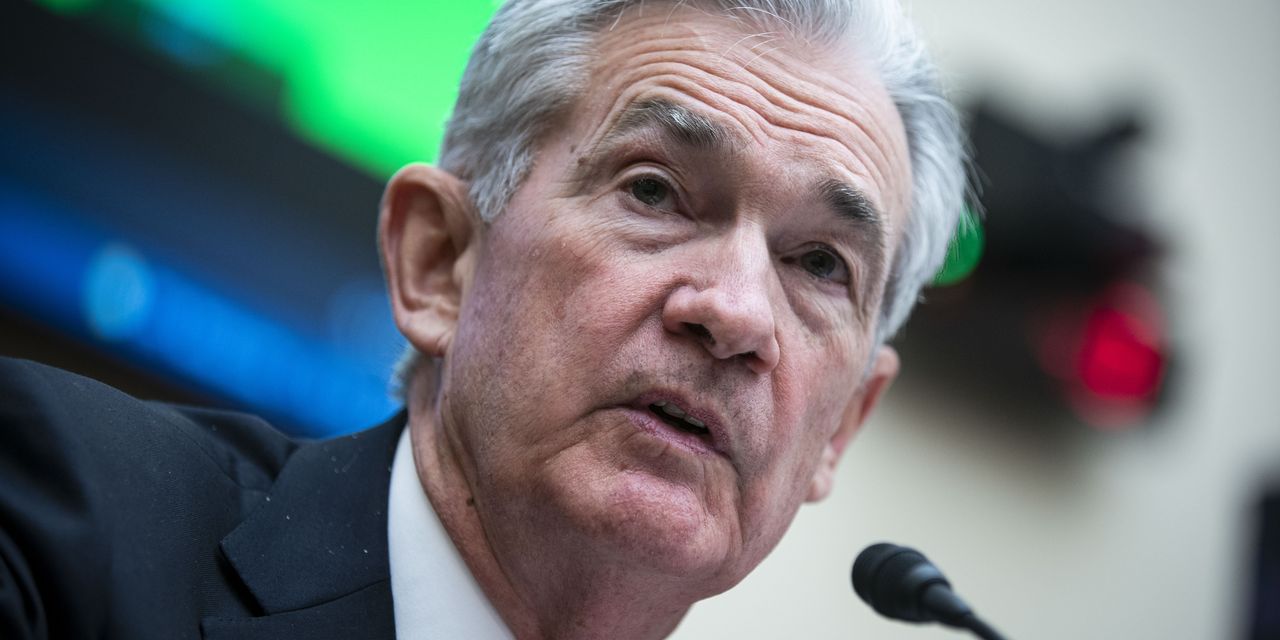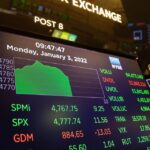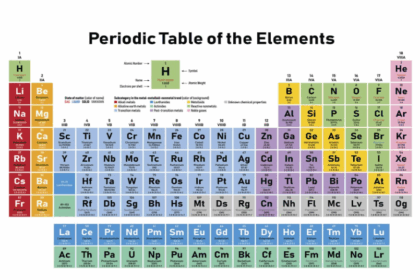
Sometimes objects in the mirror are more distant than they appear.
Back in 2004, Federal Reserve officials decided they would speed up the release of the minutes from their policy-setting meetings. Rather than wait until after their subsequent meeting to put out the minutes, they opted to release them after just three weeks, instead.
Doing so, officials reasoned, would help markets interpret economic developments and the course of interest rates. While that might be true, in the age of Covid-19 three weeks can feel like a very long time.
Minutes from the Fed’s December meeting, released on Wednesday, were a case in point. When officials met in the middle of last month, the discussion was mostly focused on how persistent inflation and labor-market strains might prove, and how that might prompt the central bank to raise interest rates “sooner or at a faster pace than participants had earlier anticipated.” With investors more on edge over the Omicron variant, stocks fell sharply.
Omicron featured very little in the minutes, though, and to the extent it did, didn’t appear to have much effect on policy makers’ thinking. The minutes noted that several meeting participants said that “they did not yet see the new variant as fundamentally altering the path of economic recovery.”
The explosion in cases over the past few weeks isn’t something the policy makers could have easily foreseen. In the week prior to their meeting, there were about 836,000 new cases recorded in the U.S., according to the Centers for Disease Control and Prevention. There have been more than three million in the past week. Moreover, despite the rapid rise in cases leading to relatively few new restrictions, Omicron has been highly disruptive. A large number of people, sick or worried about getting sick, have been staying home from work, while many others are forgoing in-person activities such as eating out. A lot of business isn’t getting done as a result.
How this apparent sudden slowing in the economy will affect the outlook and the Fed’s policy path in the months ahead is less than clear, however. Given how rapidly Omicron is spreading, the rapid rise in cases it has sparked might peak soon, following a path similar to what was seen in South Africa, where the variant was first identified. Moreover, because it is hitting a lot of the world all at once, the nature of its effect on global supply chains might be different from the experience with previous variants, whose effects weren’t so synchronized. But those are possibilities rather than certainties.
Meanwhile, the Fed next meets on Jan. 26 and 27. That is just three weeks away. By then everything could look a lot different.
Write to Justin Lahart at [email protected]
Copyright ©2022 Dow Jones & Company, Inc. All Rights Reserved. 87990cbe856818d5eddac44c7b1cdeb8
Appeared in the January 6, 2022, print edition.








